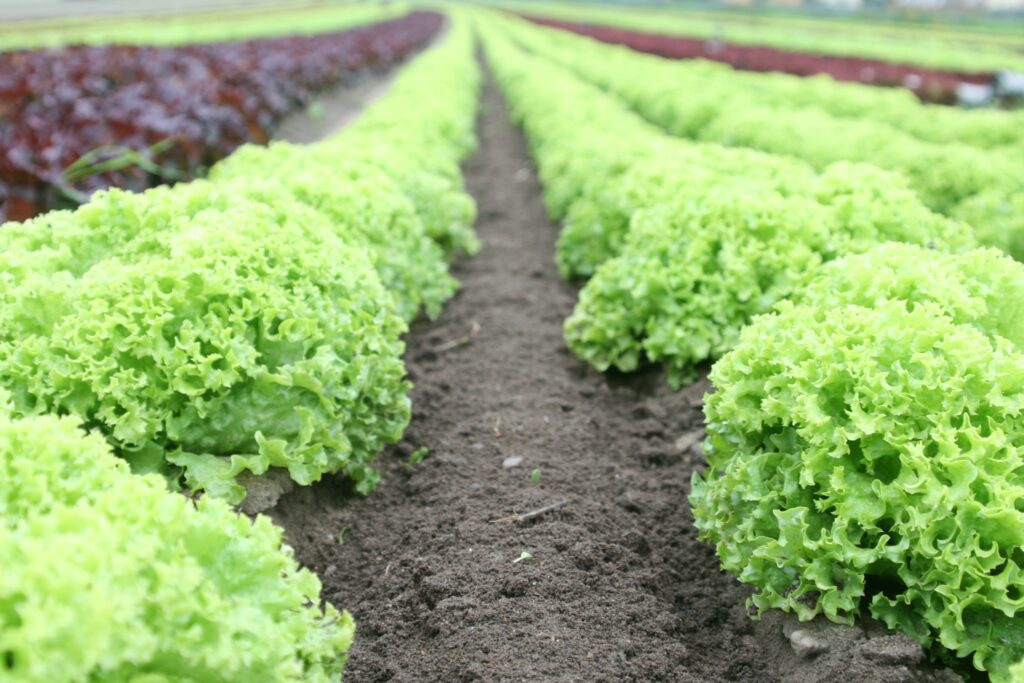Publication alert – Omics applications to understand food system microbiomes.
Advancements and affordability of multi-omic techniques has allowed researchers to understand microbial communities (microbiomes) like never before. These techniques have been successfully applied to the human gut microbiome and substantial research has resulted in a deep understanding of how microbes interact to impact the health of the human host. These techniques that were of great benefit to human gut research, can have the same benefits to food production systems, such as the post-harvest processing of leafy vegetables.
Previous methods of investigating microbial communities by culturing microorganisms from samples, only gave a snapshot of the organisms present and favours the growth of particular individuals in the community. By using multi-omic techniques, researchers can gain a deeper understanding on what impacts the microbiome of food products along the process from the farm to fork. The benefit of this is that researchers will aim to develop an ideal healthy microbiome that may result in greater crop production, reduced contamination by spoilage and disease-causing microorganisms, increase the shelf-life or improve the health benefits for the consumers.
Read the full review article here – Omics applications to understand food system microbiomes
Article author – Dr Jess Gray
To see how multi-omic techniques can enable a greater understanding of the microbiome of food products for improved health, shelf life, safety and quality of the final product, follow the link Food chain microbiome

Credit – Michael Heinrich
